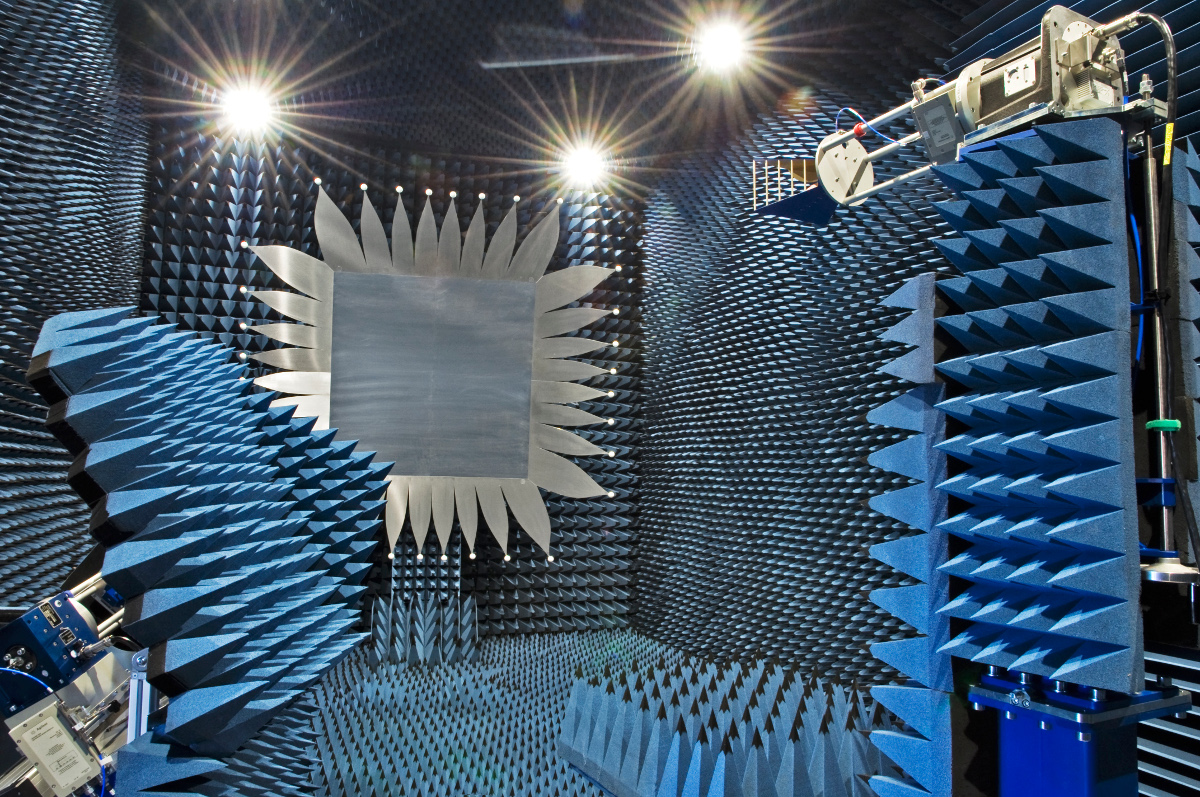Forschung
Die Schwerpunkte in der Forschung des IHFs können grob wie folgt zusammengefasst werden:
Das IHF verfügt über eine umfangreiche Ausstattung, um seine Arbeiten im Bereich Forschung und Lehre ausführen zu können.
2021
T. M. Gemmer and
D. Heberling,
"Accurate Retrieval of Antenna Patterns in Reflective Environments Via the Test-Zone Field-Compensation Technique"
in AMTA 43rd Annual Meeting and Symposium,
Daytona Beach, FL (USA),
Okt.
2021,
pp. 147-151.
| Datei: | https://ieeexplore.ieee.org/document/9620639 |
W. Alshrafi,
A. Al-Bassam and
D. Heberling,
"Grating Lobe Reduction Using Tilted Beam Unit Cell in Series-Fed Patch Periodic Leaky-Wave Antennas"
in 15th European Conference on Antennas and Propagation (EuCAP),
Düsseldorf (Germany),
Mä.
2021,
pp. 1-5.
| DOI: | 10.23919/EuCAP51087.2021.9411118 |
S. Schießl,
T. Kopacz and
D. Heberling,
"Towards a Crowdsourcing-Based EMF Exposure Monitoring: Evaluation of Smartphone Measurements Using Kriging"
in 15th European Conference on Antennas and Propagation (EuCAP),
Düsseldorf (Germany),
Mä.
2021,
pp. 1-5.
| DOI: | 10.23919/EuCAP51087.2021.9410984 |
J. Jaeger,
R. Moch,
T. M. Gemmer and
D. Heberling,
"Development of a Motion-Capable Model for a Robot-Based Antenna Measurement System to Simulate Scattering-Induced Interference"
in 43rd Antenna Measurement Techniques Association Symposium (AMTA),
Daytona Beach, FL (USA),
2021,
pp. 1-6.
| DOI: | 10.23919/AMTA52830.2021.9620538 |
S. Schießl,
T. Kopacz,
A. Schiffarth and
D. Heberling,
"Estimation of exposure levels from crowdsourcing-based Smartphone measurements"
in The Joint Annual Meeting of The Bioelectromagnetics Society and the European BioElectromagnetics Association (BioEM 2021),
Ghent (Belgium),
2021,
pp. 132-137.






